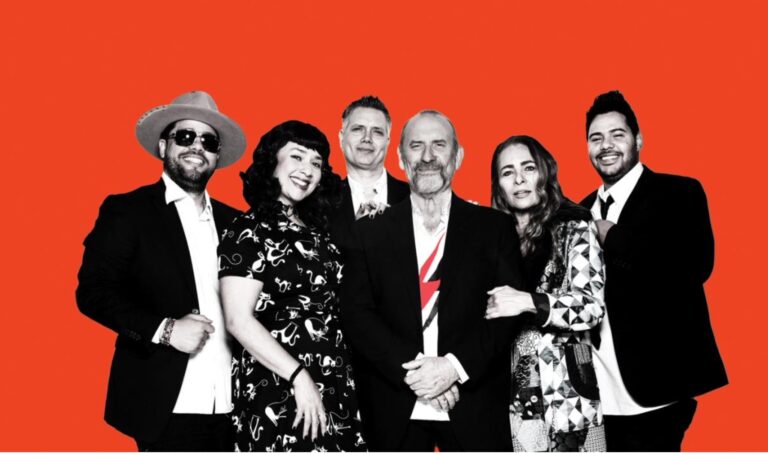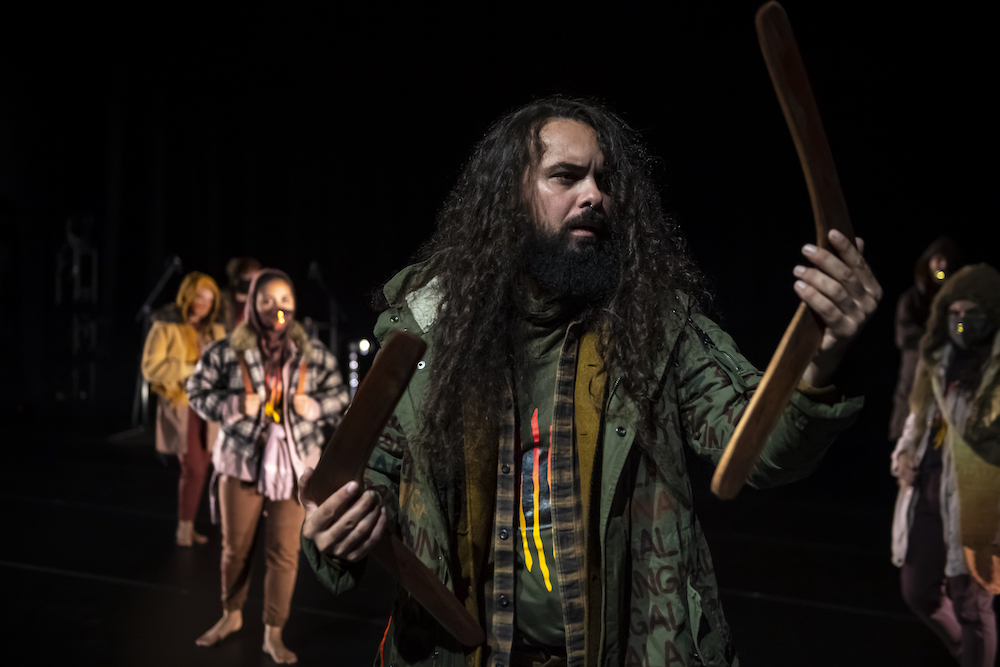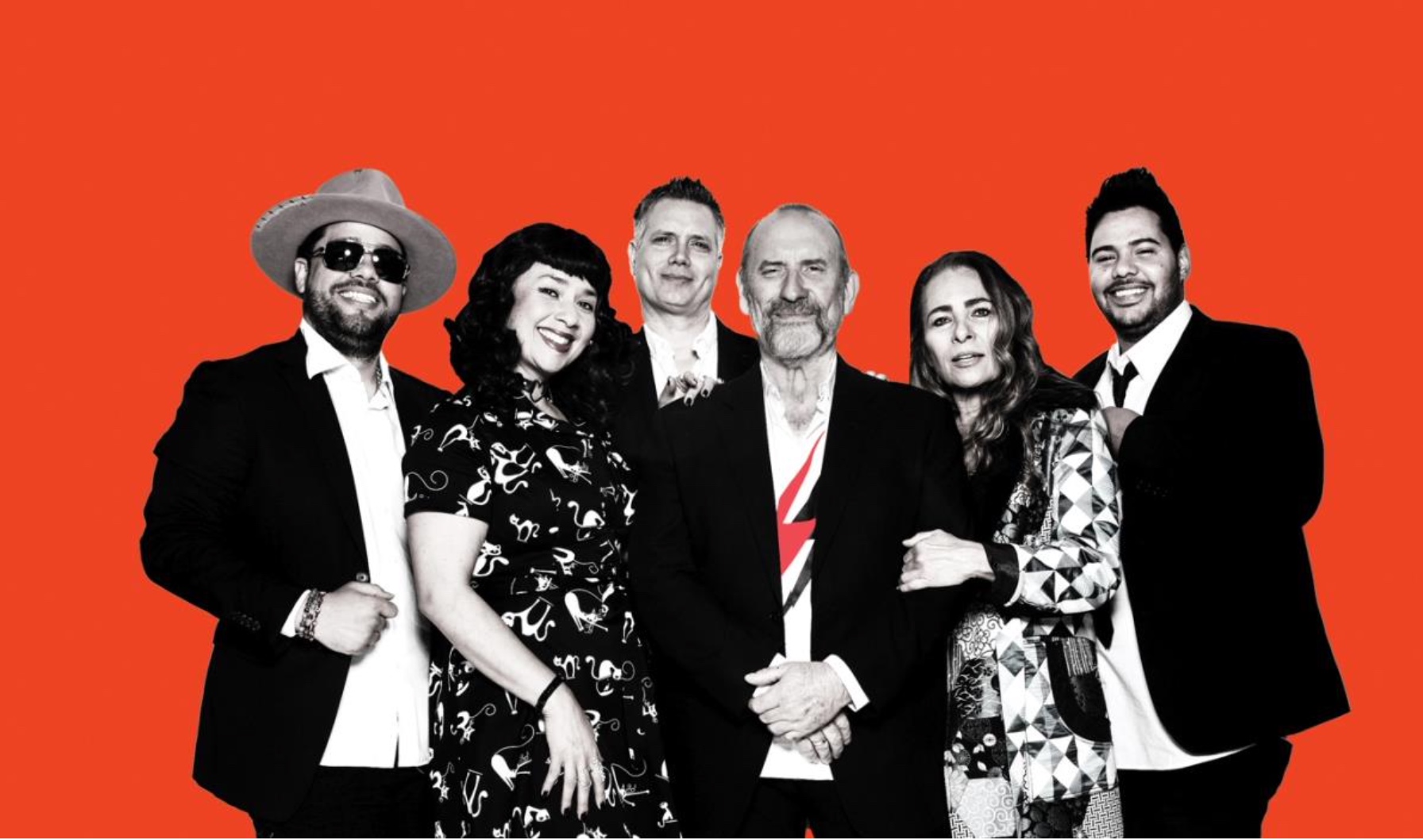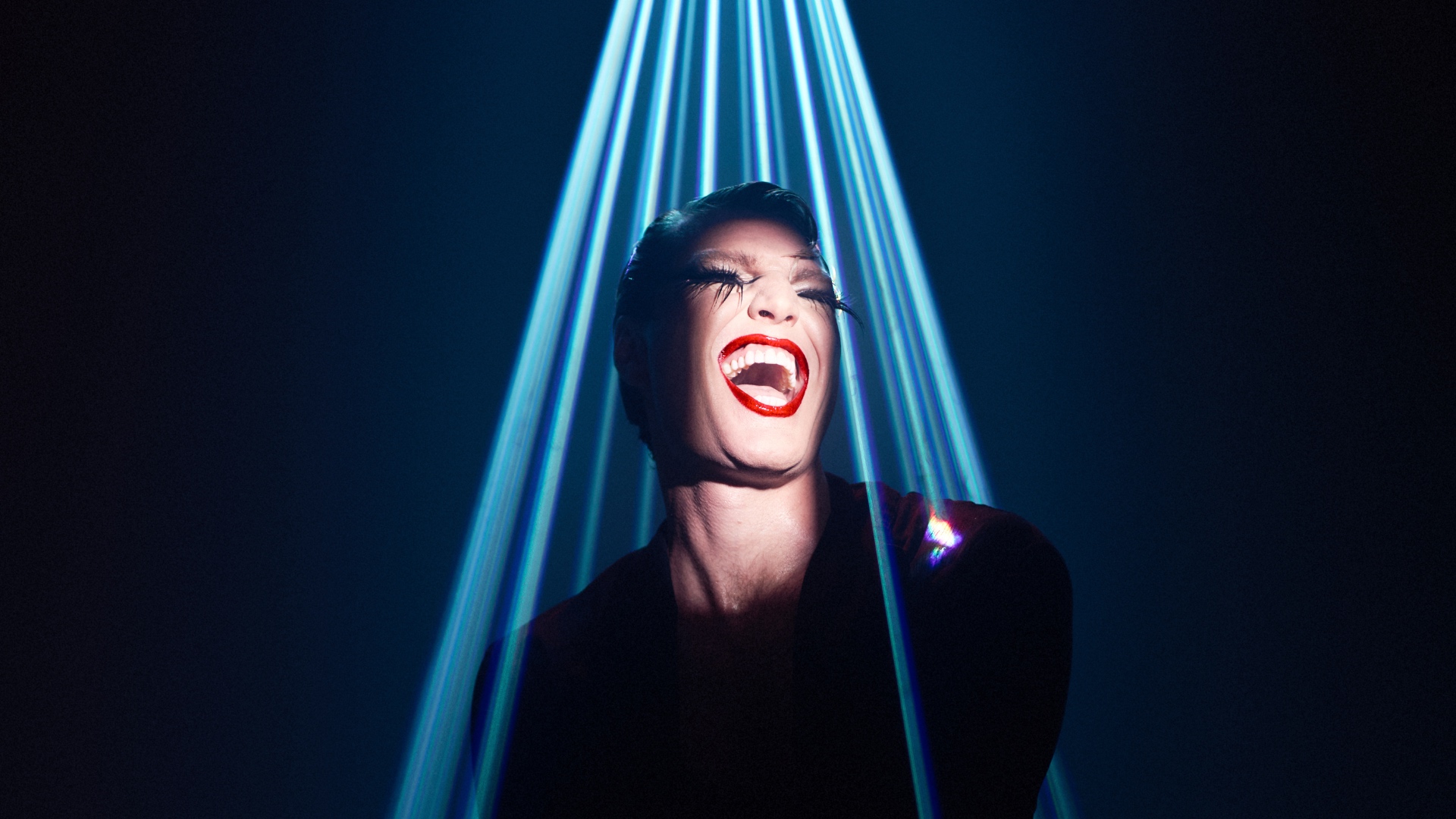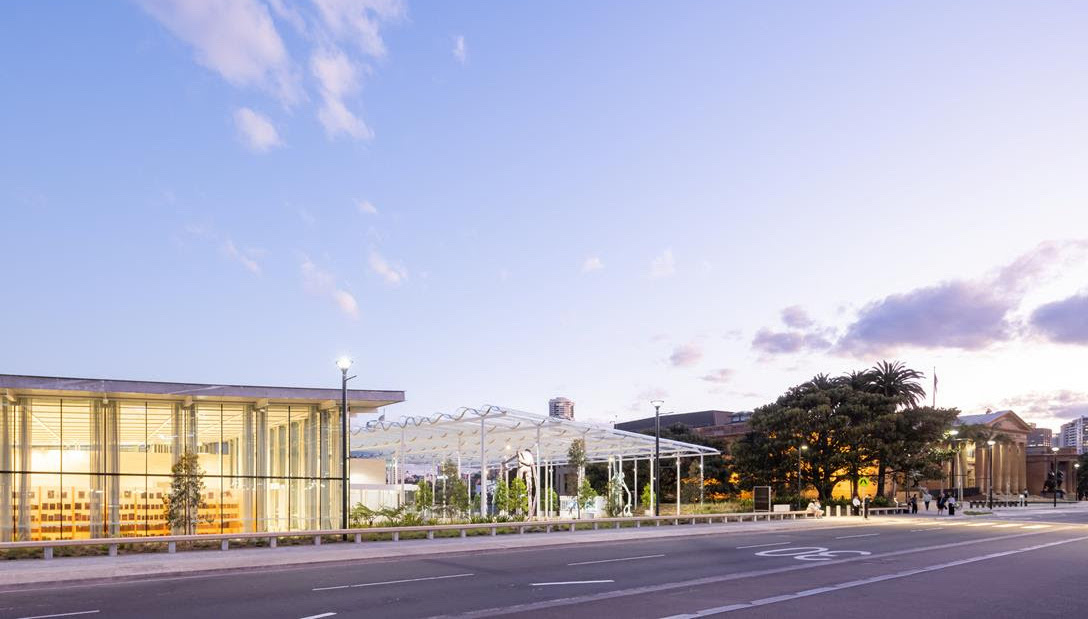
Gateway: the cannabis debate rehashed

A provocative new exhibition at Black Eye Gallery in Darlinghurst challenges negative misconceptions about cannabis. Coaxing the taboo topic out from behind closed doors, artist Simon Bernhardt brings the stories of 16 long-term cannabis users into focus.
Entitled Gateway, the exhibition features portraits and interviews with eight men and eight women, aged 19 to 50, who use cannabis for medical or recreational purposes.
The exhibition will open shortly following NSW Premier Michael Baird’s expression of provisional support for a private member’s bill to decriminalise the use of cannabis for medicinal purposes.
Contrary to the ‘stoner dropout’ stereotypes often associated with cannabis use, the subjects of Mr Bernhardt’s portraits are all clean-cut, gainfully employed professionals. The exhibition aims to dispel the myth that cannabis is necessarily a gateway leading to other more dangerous or sinister drugs.
Mr Bernhardt said: “I really want to question this notion that marijuana is a gateway drug – that marijuana users inevitably go on to experiment with harder drugs.”
“I don’t use cannabis myself but, from the interviews, the same theme kept emerging – these people simply use cannabis to stay calm, to stay clear, to relax, and to open up other parts of the brain and stimulate creativity.”
For Mr Bernhardt’s 16 subjects, it seems cannabis is more of a getaway than a gateway.
According to the National Cannabis Prevention and Information Centre (NCPIC), cannabis is the most widely used illicit drug in Australia. The 2010 National Drug Strategy Household Survey revealed that more than one third of the Australian population has used cannabis at some time in their lives.
There is no conclusive evidence that cannabis is a gateway to other illegal drugs, such as heroin and amphetamines. The NCPIC notes that only four per cent of cannabis users have ever used heroin.
The Gateway portraits have a deliberately bare, clinical aesthetic. Mr Bernhardt’s commercial sensibility, honed from 18 years of advertising and editorial photography experience, is neatly rendered in this fine art project.
The artist said: “I have always tried to bridge the gap between commercial and fine art. I did not retouch the Gateway images at all because I wanted to retain a raw, honest sense of authenticity. I was careful not to photograph the subjects in a demeaning way.”
Immortalised in larger-than-life prints, the subjects’ faces are obscured by plumes of exhaled cannabis smoke. Mr Bernhardt photographed the subjects individually, as they smoked marijuana in his Chippendale studio. He then asked the participants a series of questions about their personal cannabis use. The portraits and corresponding interviews have been published in a limited edition book.
Peeling back the stigma, Mr Bernhardt reveals the cannabis users to be ordinary, healthy, respectable members of the community. And yet by sustaining long-term cannabis habits each of them is technically engaged in criminal activity.
The only Australian jurisdictions to have decriminalised minor cannabis infringements are SA, NT and the ACT. Anyone caught with up to 15 grams of cannabis in NSW may receive a caution.
President of the Help End Marijuana Prohibition (HEMP) Party, Michael Balderstone estimated that around two million Australians are regular cannabis users.
He said, “Cannabis is safer and saner than alcohol. Easily the biggest danger of using cannabis is getting busted. The sooner we regulate the cannabis industry and get some quality control and health advice – like, don’t smoke with tobacco – the better.
“It is important to realise that the law is the real crime here – not the plant. The whole aim of the ‘War on Drugs’ seems to be to maximise the profits made from pharmaceutical pain relievers – it’s a very sick business really.”
Mr Balderstone anticipates that the eventual legalisation of medical cannabis will pave the way for the decriminalisation of recreational cannabis use in NSW. He said: “The public and the politicians will start to lose their fear of cannabis, realise that they’ve been had, and finally accept recreational use.”
Looking to the recent examples set by American legislators, Mr Balderstone added: “The changes overseas will keep the debate moving and, as in America, public opinion will change quickly. There’s nothing like experience to change peoples’ minds.”
With the legalisation of medical marijuana inching forwards on the Australian political agenda, Mr Bernhardt’s exhibition could be construed as a subversive nudge for policy makers.
Gallery director Tom Evangelidis acknowledges that Gateway might stir political sensitivities. He said: “Black Eye Gallery exists to support photographers’ ideas and visions, regardless of the consequences. The subject of Bernhardt’s work is topical and I hope the exhibition encourages meaningful discourse in the community.”
Mr Bernhardt said: “This is the first time that I have made a strong political statement with my art. I have never been a fan of political correctness – I believe it forces sudden death on any form of creativity.
“Hopefully the book and the exhibition will debunk some of the current stereotypes that influence public perception about cannabis.” (CC)
Aug 18-31, Black Eye Gallery, 138 Darlinghurst Rd, Darlinghurst, free, blackeyegallery.com.au


